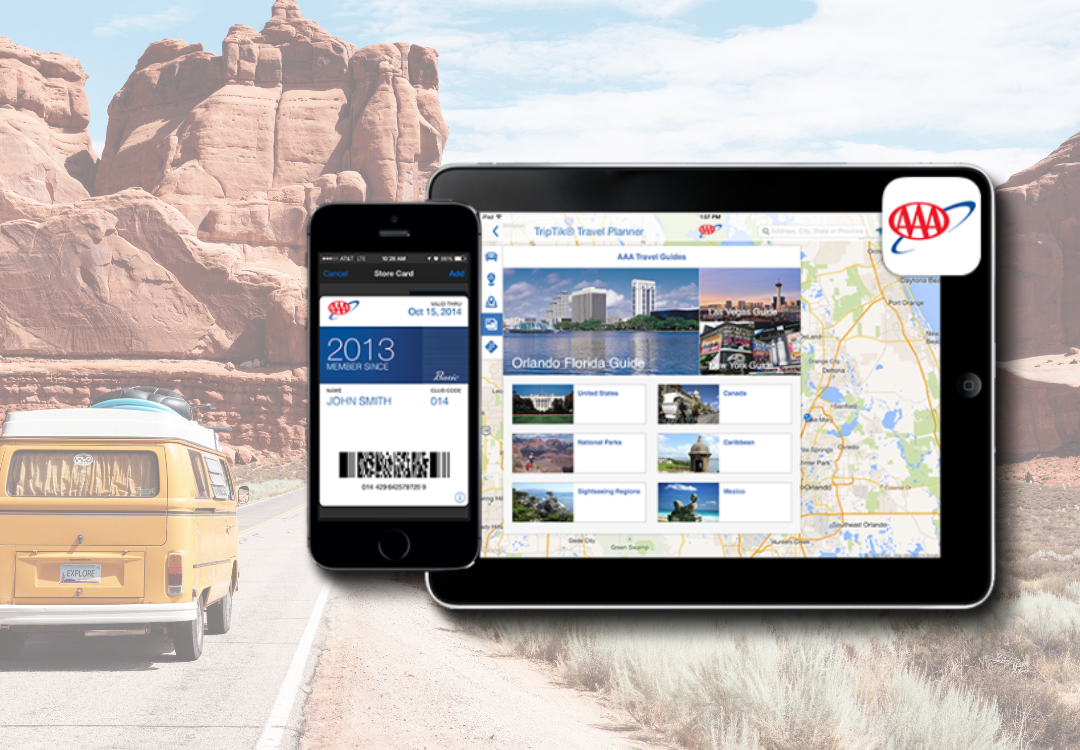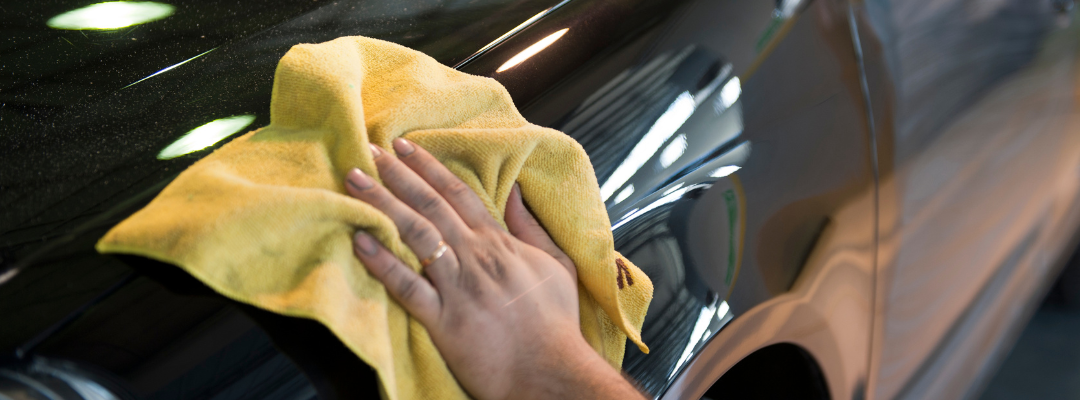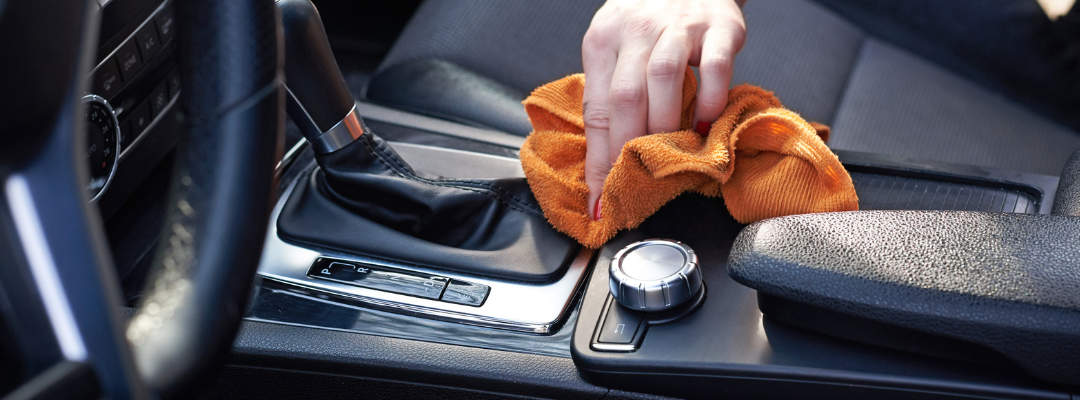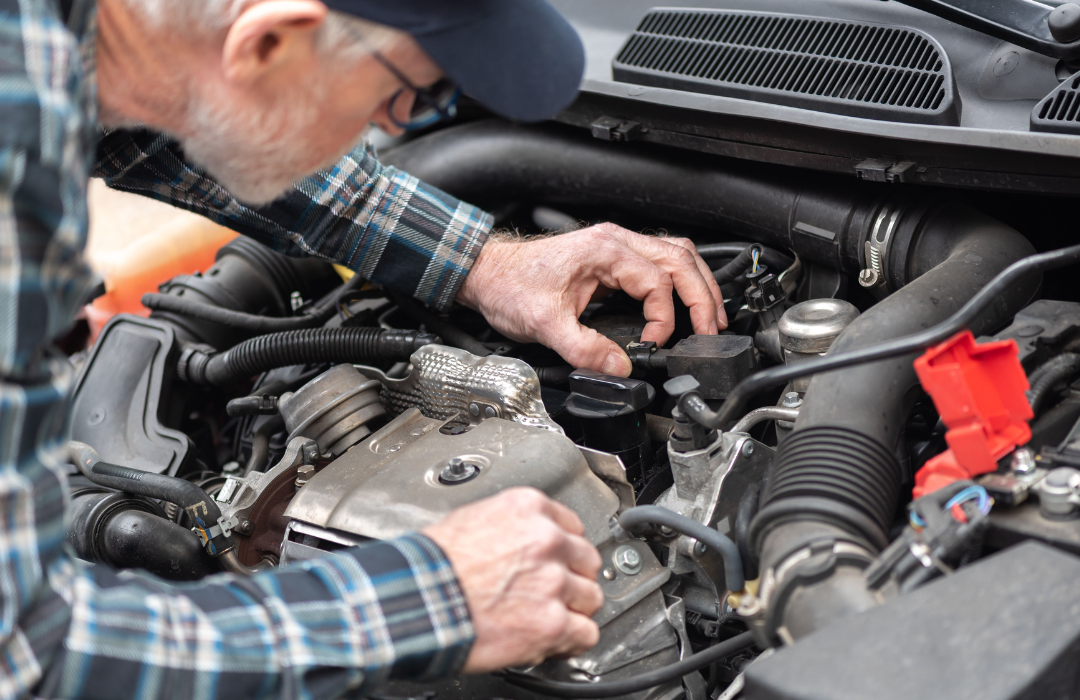Get ready for summer with our extensive resources designed to enhance your travel and driving experiences. We offer expert tips for safe summer driving, detailed guides on how to keep your vehicle looking its best, and practical DIY car care advice.
Stay informed with the latest updates on electronic vehicle battery technology and explore our new study revealing consumer concerns about self-driving cars. Our resources are here to help you enjoy a smooth and enjoyable summer on the road.



















